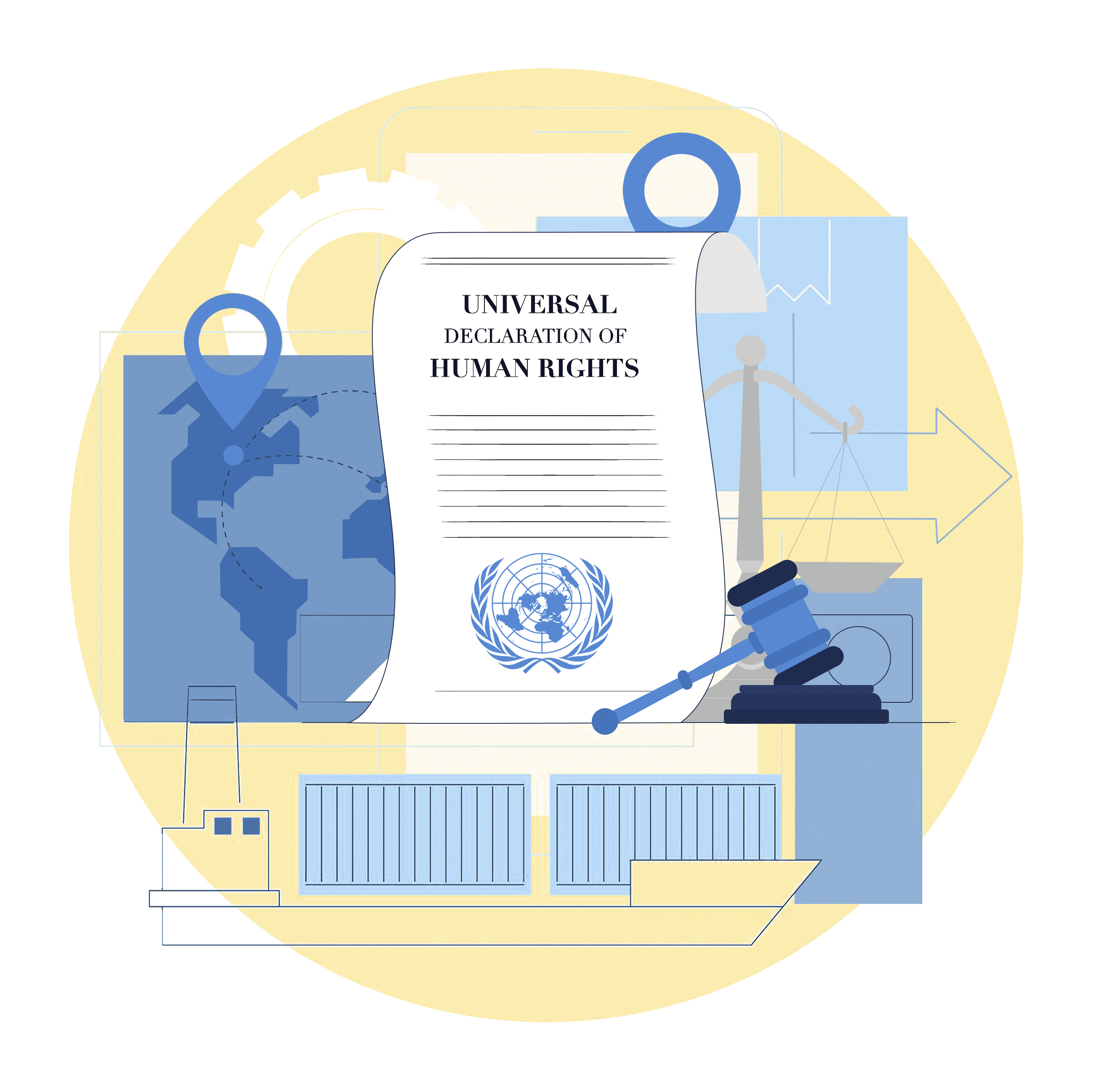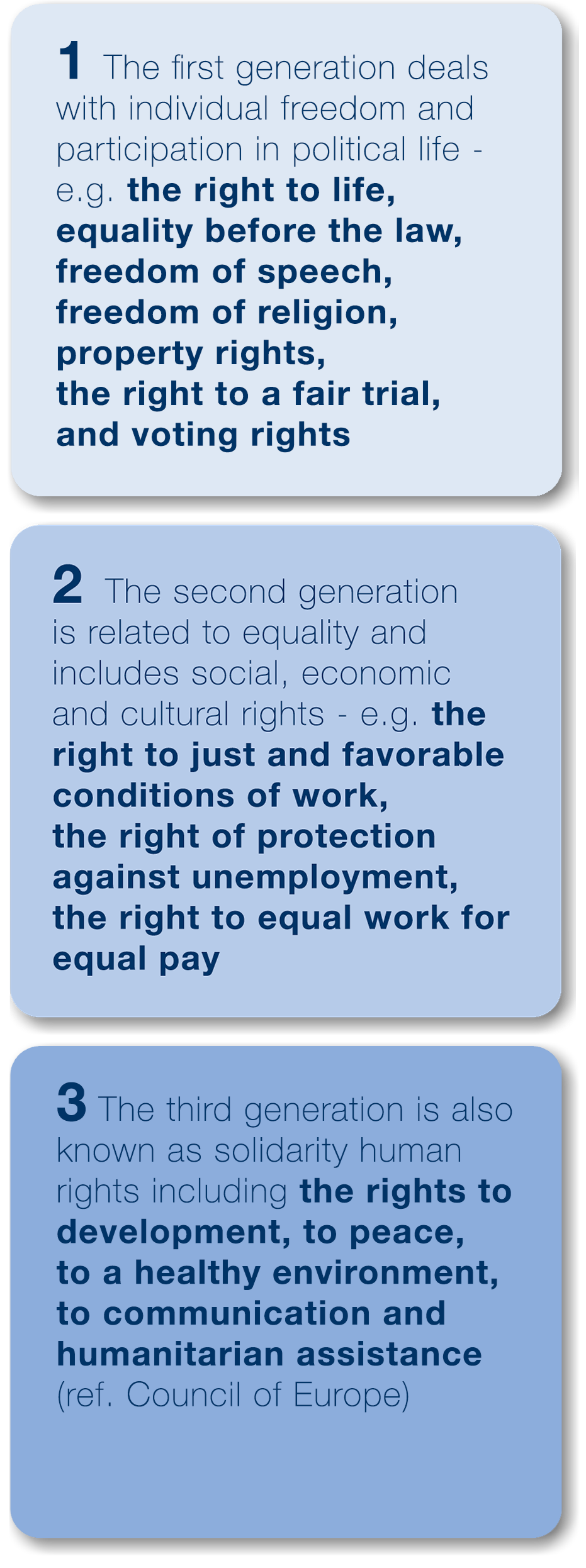HUMAN RIGHTS
in the Export Compliance
Export Controls Laws converging towards more attention to the protection of Human Rights
The recast of the EU Regulation 2021/821 of 20 May 2021 heightens controls on emerging technologies and empowers the private sector in addressing risks to global security and human rights by introducing due diligence obligations:
Article 5 (Preamble)
An effective common system of export controls on dual-use items is therefore necessary to ensure that the international commitments and responsibilities of the Member States and of the Union, in particular regarding non-proliferation, regional peace, security and stability and respect for human rights and international humanitarian law, are complied with.
From Article 5 (1), Article 9 (1) and Article 10 (1)
the Regulation includes internal repression and human rights and international humanitarian law violations in its catch-all criteria for non-listed cyber-surveillance items. It maintains human rights considerations and public security in its catch-all for non-listed dual-use items – adding the prevention of acts of terrorism.
The Regulation also adds a catch-all, whereby authorisations if the competent authority considers that the items are or may be intended for uses of concern with respect to public security, e.g. acts of terrorism, and human rights considerations.
Three Generations of Human Rights
The classification was suggested by the Czech jurist Karel Vasak in 1979.
Vasak divided Human Rights into three groups that he called generations.


Export Controls Laws converging towards more attention to the protection of Human Rights

The recast of the EU Regulation 2021/821 of 20 May 2021 heightens controls on emerging technologies and empowers the private sector in addressing risks to global security and human rights by introducing due diligence obligations:
Article 5 (Preamble)
An effective common system of export controls on dual-use items is therefore necessary to ensure that the international commitments and responsibilities of the Member States and of the Union, in particular regarding non-proliferation, regional peace, security and stability and respect for human rights and international humanitarian law, are complied with.
From Article 5 (1), Article 9 (1) and Article 10 (1)
the Regulation includes internal repression and human rights and international humanitarian law violations in its catch-all criteria for non-listed cyber-surveillance items. It maintains human rights considerations and public security in its catch-all for non-listed dual-use items – adding the prevention of acts of terrorism.
The Regulation also adds a catch-all, whereby authorisations if the competent authority considers that the items are or may be intended for uses of concern with respect to public security, e.g. acts of terrorism, and human rights considerations.
Three Generations of
Human Rights
The classification was suggested by the Czech jurist Karel Vasak in 1979.
Vasak divided Human Rights into three groups that he called generations.

The fourth generation of human rights is still in development, and at the present stage of its formation includes rights related to digital technologies and biomedical rights.

